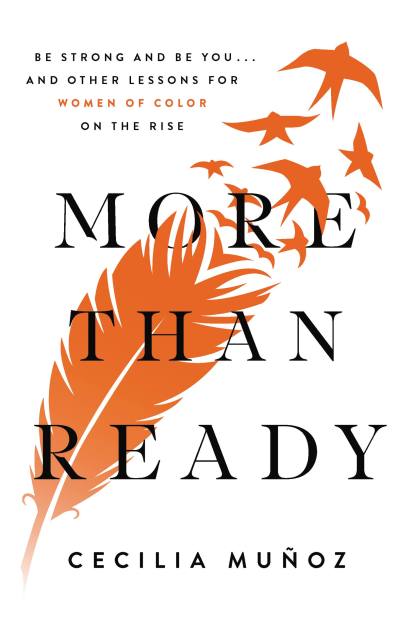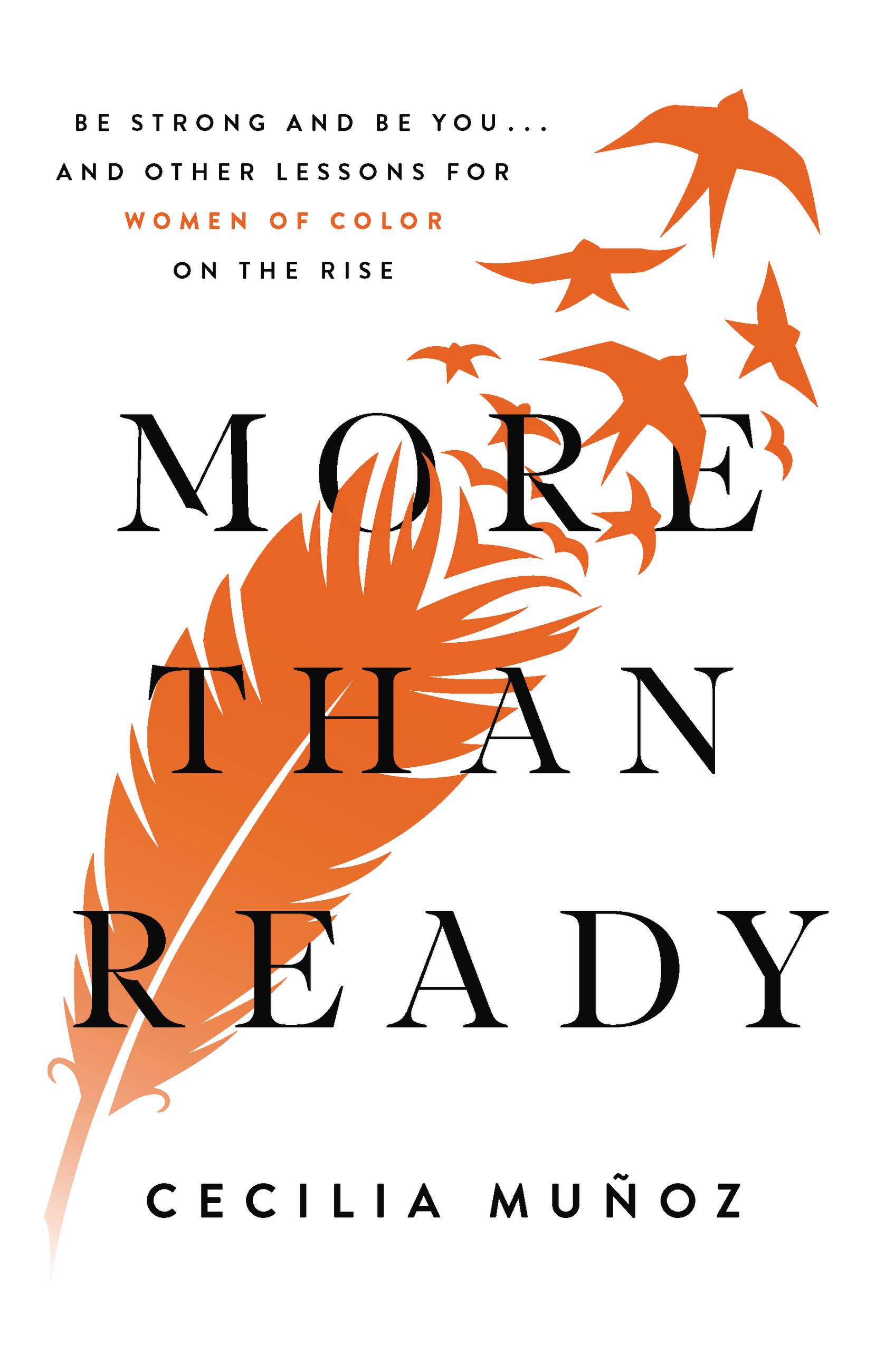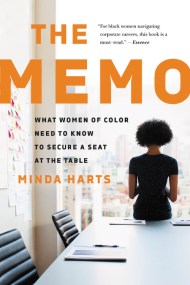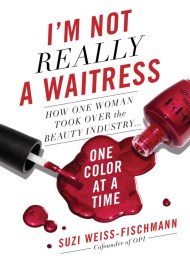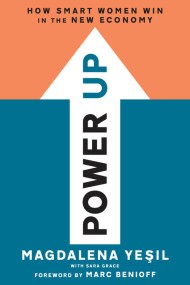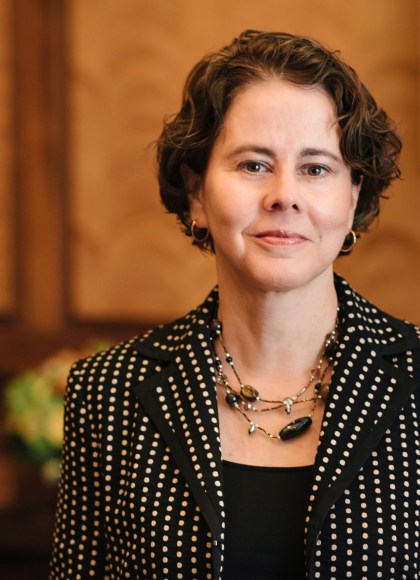Promotion
25% off sitewide. Make sure to order by 11:59am, 12/12 for holiday delivery! Code BEST25 automatically applied at checkout!
By clicking “Accept,” you agree to the use of cookies and similar technologies on your device as set forth in our Cookie Policy and our Privacy Policy. Please note that certain cookies are essential for this website to function properly and do not require user consent to be deployed.
More than Ready
Be Strong and Be You . . . and Other Lessons for Women of Color on the Rise
Contributors
Formats and Prices
- On Sale
- Apr 7, 2020
- Page Count
- 224 pages
- Publisher
- Seal Press
- ISBN-13
- 9781580059497
Price
$16.99Price
$20.99 CADFormat
Format:
- ebook $16.99 $20.99 CAD
- Hardcover $28.00 $35.00 CAD
- Audiobook Download (Unabridged)
This item is a preorder. Your payment method will be charged immediately, and the product is expected to ship on or around April 7, 2020. This date is subject to change due to shipping delays beyond our control.
Buy from Other Retailers:
Cecilia Muñoz was a first, too, and she knows what it means to make her way without exemplars to follow. The first Latinx to lead the White House Domestic Policy Council, Muñoz draws lessons from the challenges she faced as the senior Hispanic person in the Obama White House and as a longtime powerful voice in the Civil Rights Movement. She shares her insights, along with those of some extraordinary women of color she met along the way, as an offering of inspiration to women of color who are no longer willing to be invisible or left behind.
Full of invaluable lessons about working through fear, facing down detractors, and leading with kindness, Muñoz provides the thoughtful insight and tactical tools women of color need to be successful-without compromising who they are.
Newsletter Signup
By clicking ‘Sign Up,’ I acknowledge that I have read and agree to Hachette Book Group’s Privacy Policy and Terms of Use
